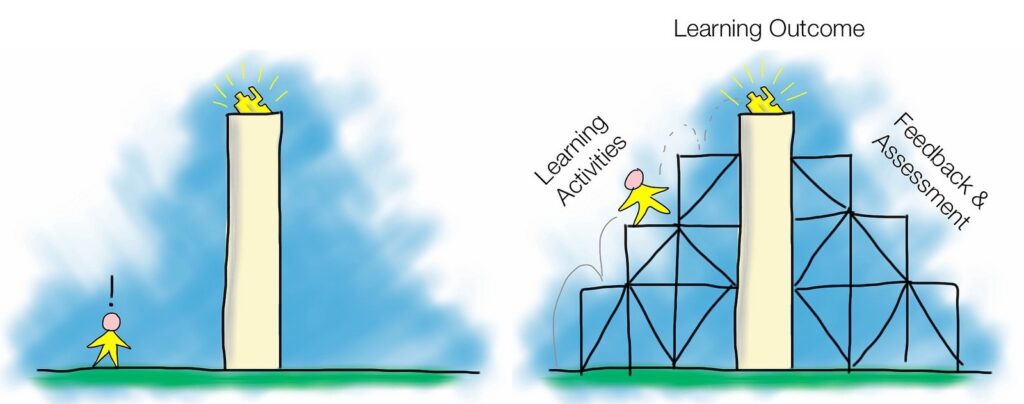
In employee training, everyone learns differently. There will always be ones that understand a concept quicker and ones that need more time, ones that skim and ones that scan, ones that jot and those that write slowly. At the core of these learning styles is pace. Very important and so is its control.
When you’re not in control of your learning pace, something – the class – is, and in trying to adapt to its pace, learning outcome usually fails to reach optimal level. This is typical of traditional classroom training programs where it’s almost impossible to have only students of the same learning pace in a class.
On the other hand, when you’re in control of your learning pace, you can as well control the quantity of information you consume as well as the duration of time you need to learn new information properly.
As a result, you can break up learning into manageable chunks as you progress toward stronger understanding. This concept, known as scaffolding, is highly effective and produces optimal learning outcome.
Learning using scaffolding can be likened to climbing a staircase where every new concept represents a stair. You learn a new concept, digest and reflect on it, and integrate it into existing understanding and context before moving on to the next concept (‘stair’).
The learning process follows a logical pattern of progression with understanding being assessed as you learn – making the journey just as important as the destination.
This contrasts with traditional classroom learning where all concepts, even if complicated, are learned all at once and the understanding tested at the end. This approach does not give concepts their own room to breathe and get digested.
With scaffolding, you learn at your own pace and ability, and grow one step a time. You stop to reflect whenever you want, or return to previously-delivered content, and thus ensure a deeper understanding before continuing.
By layering new knowledge onto existing knowledge, you have stronger and broader foundations of understanding.
Hence, for optimum learning outcome in training programs, it’s recommended that employees, if possible, be given control of their learning pace so they can apply the scaffolding technique, which in simple terms should reflect the following steps:
- Learn one new concept at a time
- Find time to process the new concepts and information
- Make connections to what they already know
Learning using scaffolding may, in fact, mean that it takes longer to learn, but the end product is of far greater quality and the experience much more rewarding.